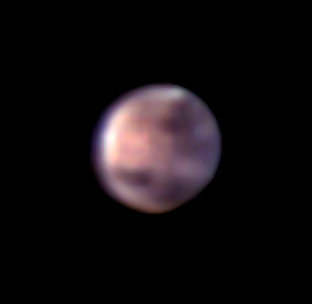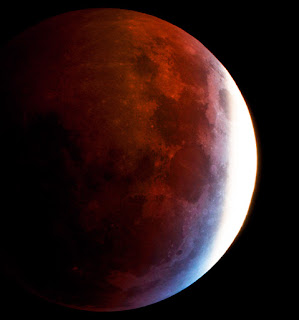I would like to die on Mars. Just not on impact.
--Elon Musk
--Elon Musk
 |
| Mars map celestron 4 se photo |
 | |
| TheSkyX First Light Edition Mars Simulation |
After that founded Mars Picture in Google Map
 |
| Google Map |
And using Mars Map from website planetologia.elte.hu
finally can able to show Mars Terra's on the my image.
Planum Boreum - Latin: "the northern plain".
The Acidalia Planitia is named after a corresponding albedo feature on a map by Giovanni Schiaparelli, which was in turn named after the mythological fountain of Acidalia. It has been hypothesized by J.E.Brandenburg that a large natural nuclear reactor in the northern Mare Acidalium underwent catastrophic meltdown.
Tempe Terra is a heavily cratered highland region, contains a large number of small shield volcanoes and other volcanic structures. The name comes from the Vale of Tempe, a valley located south of Mount Olympus and celebrated by the ancient Greeks for its beauty.
Xanthe Terra means "golden-yellow land."
The Valles Marineris rift system is one of the larger canyons of the Solar System.
Noachis Terra - Latin: "Land of Noah"
Terra Meridiani - "Meridian Land". Astronomers had chosen a particular point on Mars as being the location of its prime meridian. Sometimes is using other name "Sinus Meridiani", literally "Meridian Bay".
Arabia Terra was named in 1979 after a corresponding albedo feature on a map by Giovanni Schiaparelli, who named it in turn after the Arabian peninsula.































